Sizoo, H, Nickson, R, Villalobos, S, Grocott, M, Page, P, Utley, R, Bouffin, N, Dewar, M, Stubblefield, W and Woods, A 2025 Brine Management to Increase CO2 Storage in Offshore Saline Aquifers: Practical Challenges. SPE Europe Energy Conference and Exhibition. 10.2118/225523-MS
Full text not available from this repository.Abstract/Summary
Abstract Carbon dioxide (CO2) storage capacity in saline aquifers is limited by the increase in reservoir pressure as CO2 is injected. Extraction of reservoir brine is an option to manage this pressure and maximize CO2 storage. In the UK North Sea, Endurance is the largest and best-appraised saline aquifer CO2 store. This paper assesses the option to extract brine from Endurance and substantially increase its storage potential. The focus is the management of this highly saline brine: discharge offshore, re-injection or treatment onshore? Three main strands of work informed the assessment: Quantification of the potential environmental impact of offshore discharge, via Whole Effluent Toxicity (WET) testing, flume tank experiments on dilution of surface and subsea brine discharges, changes in metal speciation and bioavailability during mixing and modelling of mineral precipitation, and modelling of brine discharge mixing with seawater using the Dose-related Risk and Effects Model (DREAM). Conceptual engineering and costing of the three main brine management options: offshore discharge, brine re-injection into a secondary reservoir, and onshore brine treatment. "Best Practicable Environmental Option" assessment, comparing the advantages and disadvantages of each of the potential brine management methods. This paper highlights the complex balance between managing potential environmental impacts, stakeholder views and regulatory requirements, whilst delivering an economically efficient and technically robust brine management concept. Re-injection via nearby facilities ranks as the best option, eliminating any potential environmental impact caused by toxicity of the brine, although technical feasibility and safety risks are increased. Onshore treatment is a relatively lower cost option but requires an onward management and disposal of resultant waste streams following treatment that is unlikely to be an environmentally credible option. Offshore discharge is the lowest cost and most technically feasible option; however, potential environmental impact, along with reputational and regulatory risks, currently make this unattractive. This analysis underlines the additional risks from expanding carbon capture, use and storage (CCUS) projects to include brine management within their scope. The study informed long-term development choices made for the Northern Endurance Partnership (NEP), resulting in acquisition of additional carbon storage licences to ensure sufficient CO2 storage capacity without the need for brine extraction. The environmental testing and modelling of brine discharge extends industry knowledge in a new and important area, as most of the future CO2 storage capacity in the UK North Sea resides in saline aquifers. Regulatory clarity on the toxicity assessment techniques and the constraints/limits to be imposed on any brine discharge is required for brine management to be considered within UK CCUS projects.
| Item Type: | Publication - Article |
|---|---|
| Divisions: | Plymouth Marine Laboratory > National Capability categories > National Capability Modelling |
| Depositing User: | S Hawkins |
| Date made live: | 06 Aug 2025 14:11 |
| Last Modified: | 06 Aug 2025 14:11 |
| URI: | https://plymsea.ac.uk/id/eprint/10492 |
Actions (login required)
 |
View Item |


 Lists
Lists Lists
Lists